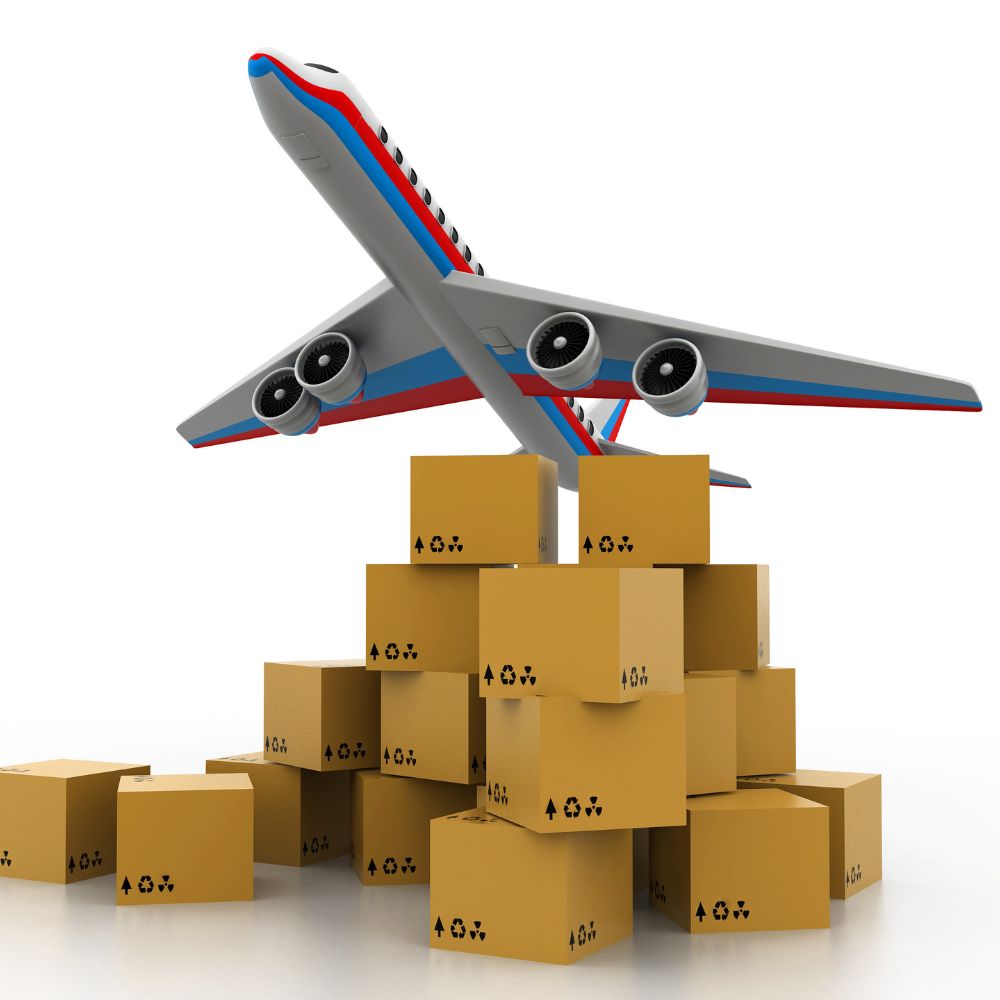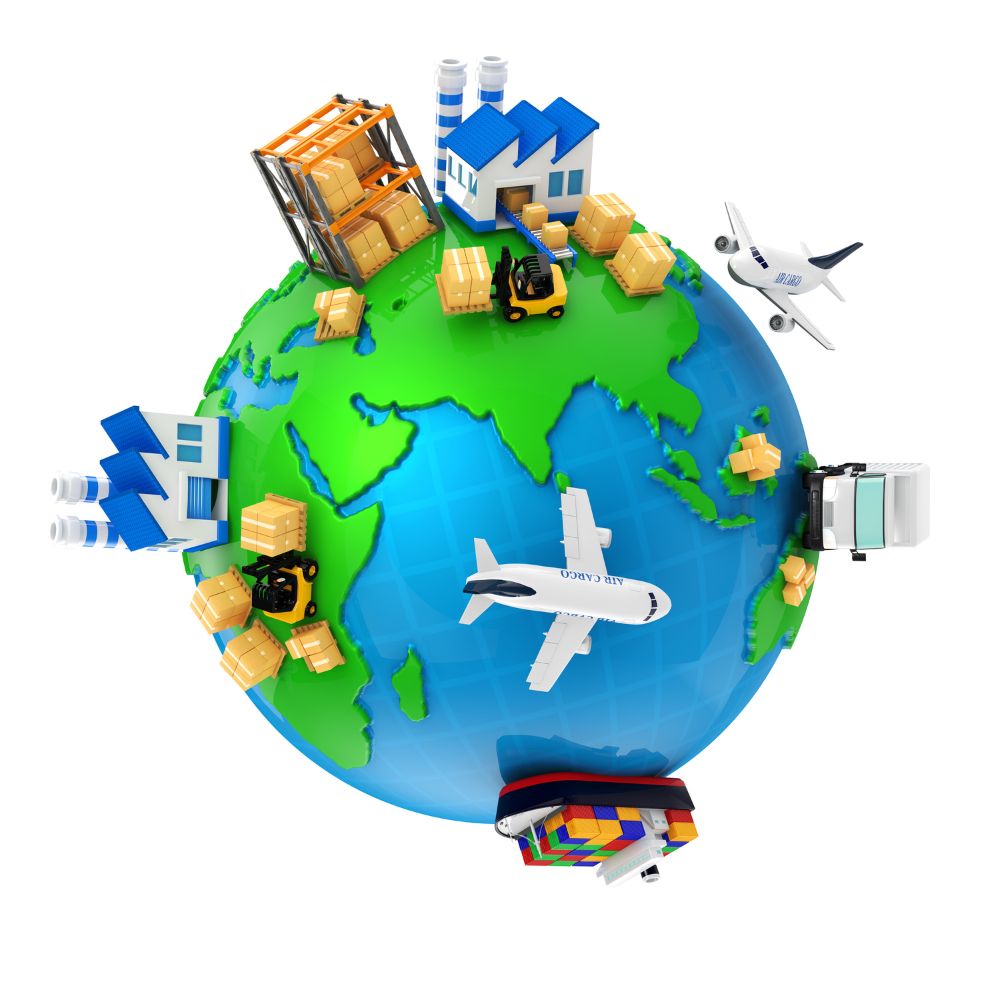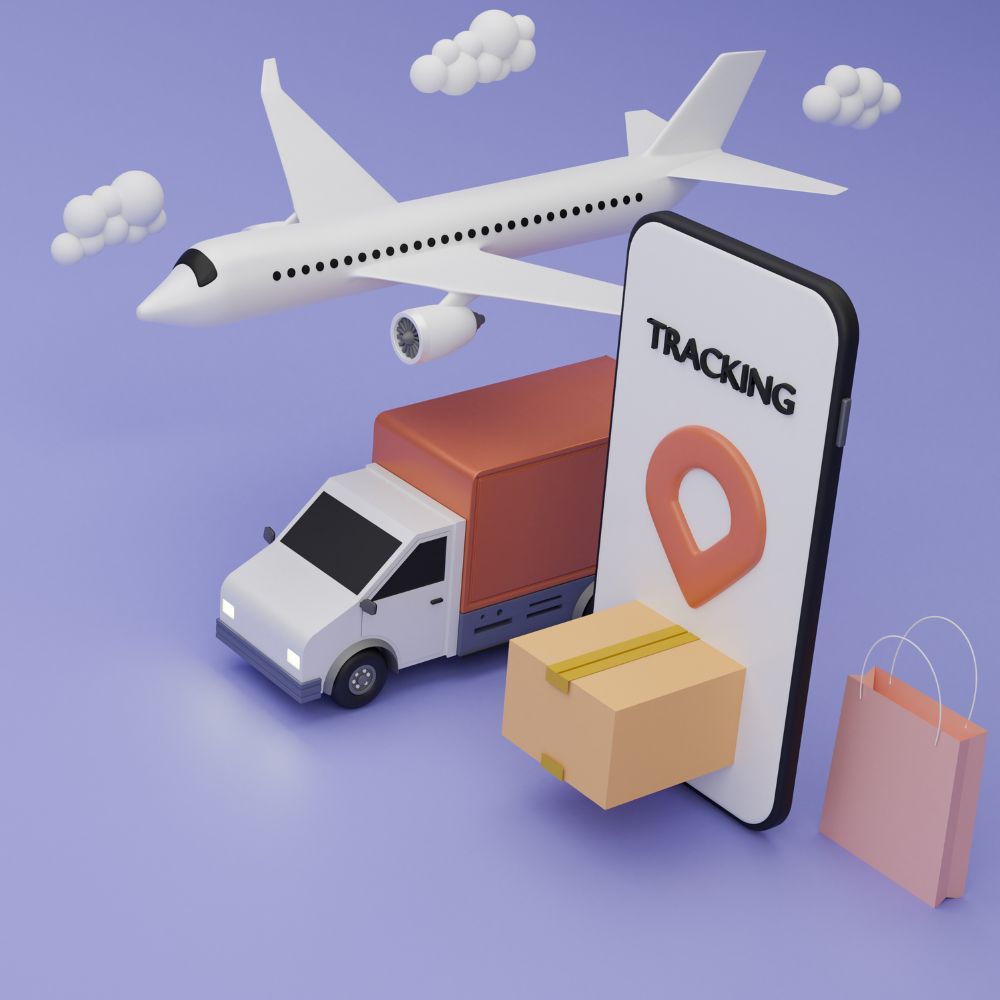
If you’re eyeing international expansion for your e-commerce business, congratulations on considering this exciting growth opportunity. However, the path to success lies in understanding the intricacies of international shipping. To steer your e-commerce ship smoothly across global waters, follow these expert guidelines.
The World of E-commerce: International Shipping

International shipping isn’t just about getting your products from point A to point B. It’s a complex network that fuels global commerce, and you need a well-crafted strategy tailored to your unique business needs. You don’t have to be a shipping wizard, but you must grasp the available options and align them with your long-term goals.
Reasons You Might Hesitate

Before diving into international waters, you might have reservations. It’s common. Perhaps it’s your first time considering it, or maybe previous attempts left you frustrated. Regardless, this article will empower you with the knowledge to make informed decisions and expand your e-commerce empire on your terms.
Cracking the Code: What’s E-commerce International Shipping?
International shipping involves transporting goods across foreign borders, a vital bridge connecting global economies and extending your reach to customers beyond your homeland. It’s distinct from domestic shipping, notably in terms of cost and paperwork.

International shipping is pricier due to greater distances and a mix of air, land, and sea transportation. Import taxes and customs forms are also part of the deal, unlike domestic shipments. Be prepared for longer delivery times, too.
The Pot of Gold: Why Offer International Shipping?

Expanding beyond borders is a strategic move for e-commerce growth. Even if you decide to ship only specific products internationally, it’s a lucrative endeavor. Consider these compelling stats:
- One in three people you encounter is an online shopper (Oberlo).
- Retail e-commerce sales are projected to soar from $5.2 trillion in 2021 to a whopping $8.1 trillion by 2026 (Statista).
- International sales bring in an average order value of $121, $9 more than domestic orders (Statista).

These numbers underscore the global demand for international shipping. E-commerce businesses are rising to meet this expectation, and you should too. Shipping globally opens doors to a broader customer base, boosting your sales potential.
Crafting Your International Shipping Strategy

While a universal set of best practices is elusive, there are key decisions you must make for your e-commerce international shipping strategy:
- Destinations and Products
Begin by pinpointing the countries and regions you’ll serve and which products will cross borders. Here are some helpful indicators:
- Start close to home: Keep initial shipments nearby for manageable delivery times and rates.
- Track demand: analyze website traffic to identify high-traffic regions and consumer requests.

- Language matters: If possible, expand to countries that speak your language fluently.
- Fit the market: Research markets to find those that align with your business.
Consider product types; some items may be better suited for international markets. Lightweight, compact products are more cost-effective to ship. Invest in sturdy packaging, especially for fragile items.
- Navigating Rules and Regulations

Every country has its own rules and regulations, and it’s crucial to comply. Tools like UPS can help you understand country-specific requirements. Ensure your products are eligible for import and check if they’re classified as “dangerous goods.”
When in doubt, reach out to the local import or customs offices at your destination for guidance.
- Transparency on Fees

Transparency is key in international e-commerce shipping. Avoid surprising customers with unexpected costs at checkout, as this can lead to cart abandonment. Clearly communicate shipping costs on policy pages and use tools like flags to indicate shipping availability.
- Pricing and International Shipping

Determining international shipping costs involves four components:
- Packaging: Invest in simple yet sturdy packaging to keep costs reasonable.
- Shipping: Balance shipping costs with customer pricing.

- Handling Charges: Consider additional handling costs for the extra care international shipments require.
- Duties and Taxes: Research duty and tax rates and decide whether to charge customers or absorb these fees.
Customs Documentation
Prepare essential customs documents, including a commercial invoice and export packing list:

- Commercial Invoice: This vital document proves ownership and payment, helping countries assess customs duties and taxes. Include merchant and customer details, product descriptions, prices, and payment terms.
- Export Packing List: This list contains extensive shipment details, such as transport mode, carrier information, weight, dimensions, and package specifics.
Lastly, the documents needed can vary by country, so always check the specific requirements.

Article conclusion
In conclusion, international expansion in e-commerce is a thrilling journey, but it requires mastering the art of international shipping. Craft a robust strategy, understand your target markets, follow rules and regulations, and be transparent about fees.
Pricing international shipping accurately is crucial, and comprehensive customs documentation is a must. Armed with this knowledge, you’re poised for global e-commerce success in 2023 and beyond.
Related posts: AI in E-commerce: Advantages, Uses, and Challenges
















Discussion about this post